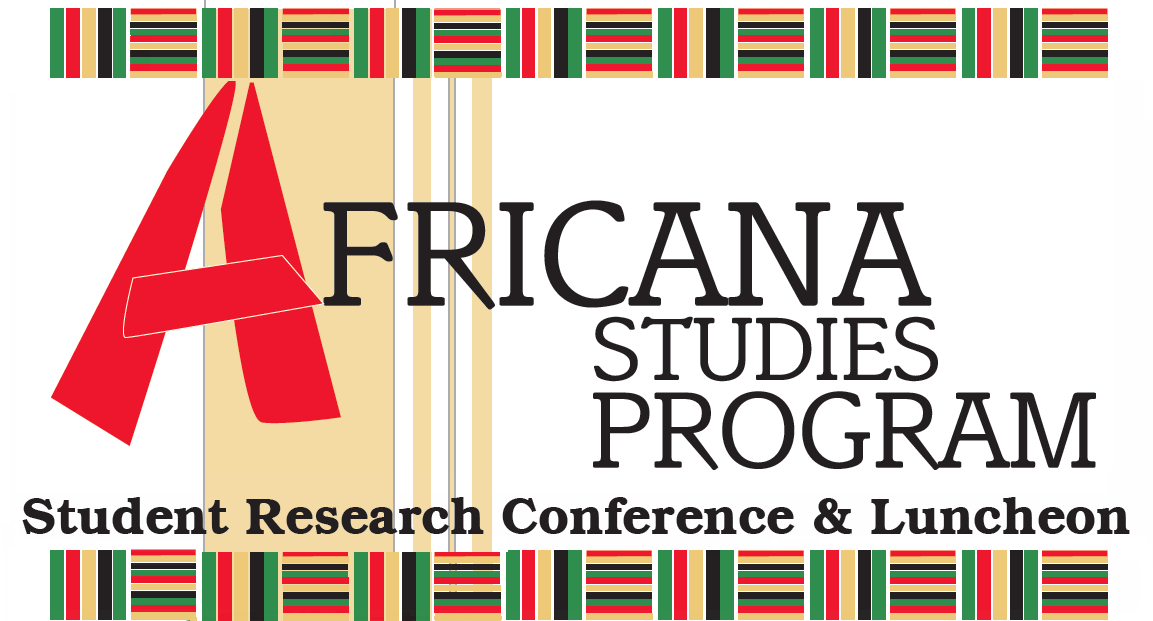
Panel 3: Art
Degree Program
Graduate
Major
Art History
Abstract
This paper explores the different characters that are represented during Haitian Carnival, where participants mask their identities in order to act out mythological and political tales, emphasizing the corruption, politics, and social issues of Haiti through costume and drama. These characters which can appear bizarre, comical, or terrifying, embody subjects such as Haiti’s successful slave revolt in 1791, elements of Vodou, satirical representations of political figures, and social issues such as AIDS. Moreover, this raw, powerful, expressive side of Haitian Carnival can be compared to the artwork of André Eugène, whose work is characterized by and embodies the haunting, provocative side of this event. André Eugène is a contemporary artist from Haiti, who works with recycled materials and other found objects to create sculptures that are distinguished by their crude forms and sharp edges and are made from broken TV’s, discarded toys, and real human skulls. Eugène’s sculptures reflect Haitian Vodou, social issues such as sexuality and mortality, and Haiti’s ongoing economic crisis which are similar to the themes of Carnival and depicted in similar ways. Both the artwork of André Eugène and Haitian Carnival are not only similar in their theatrics and provocative aesthetics, but they embody Haitian identity, history, and culture.
Start Date
8-2-2019 10:30 AM
End Date
8-2-2019 11:45 AM
Included in
Haitian Carnival: The Art of Resistance
This paper explores the different characters that are represented during Haitian Carnival, where participants mask their identities in order to act out mythological and political tales, emphasizing the corruption, politics, and social issues of Haiti through costume and drama. These characters which can appear bizarre, comical, or terrifying, embody subjects such as Haiti’s successful slave revolt in 1791, elements of Vodou, satirical representations of political figures, and social issues such as AIDS. Moreover, this raw, powerful, expressive side of Haitian Carnival can be compared to the artwork of André Eugène, whose work is characterized by and embodies the haunting, provocative side of this event. André Eugène is a contemporary artist from Haiti, who works with recycled materials and other found objects to create sculptures that are distinguished by their crude forms and sharp edges and are made from broken TV’s, discarded toys, and real human skulls. Eugène’s sculptures reflect Haitian Vodou, social issues such as sexuality and mortality, and Haiti’s ongoing economic crisis which are similar to the themes of Carnival and depicted in similar ways. Both the artwork of André Eugène and Haitian Carnival are not only similar in their theatrics and provocative aesthetics, but they embody Haitian identity, history, and culture.

